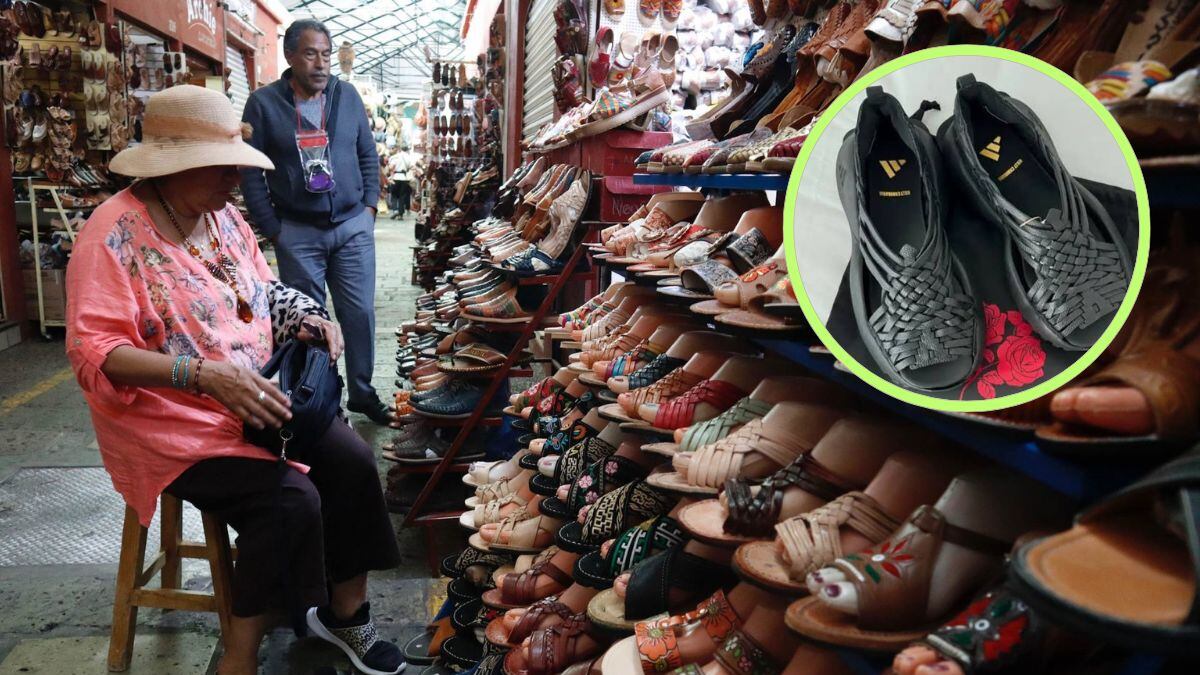The German sportswear manufacturer, Adidas, apologized on Thursday to Mexico after being accused of cultural appropriation in the design of its new footwear “Oaxaca Slip-On”.
The footwear, designed by American Willy Chavarría, is inspired by sandals traditionally worn by the indigenous people of Villa Hidalgo Yalálag in the Mexican state of Oaxaca, who did not participate in its production.
PUBLICIDAD
What was Adidas’ apology?
“Adidas values the cultural richness of indigenous communities in Mexico and the importance of their artisanal heritage,” the company stated in a press release.
“The Oaxaca Slip-On was inspired by a design rooted in the tradition of Villa Hidalgo Yalálag,” he continued. “We offer public apologies and reaffirm our commitment to working with Yalálag in a respectful dialogue that honors their cultural heritage,” he added.
The issue reached the point where the Mexican president, Claudia Sheinbaum, described the shoe design as “inappropriate cultural appropriation,” and stated: “Big companies are appropriating products, ideas, and designs from indigenous communities in our country. That is intellectual property.”
The governor of Oaxaca, Salomón Jara, stated on social media that “the Yalálag huaraches are part of the cultural heritage of this community, a tradition that has been passed down from generation to generation and reflects its identity,” and added: “This heritage is one of our greatest treasures and we must not allow it to be treated as a commodity.”
Cultural appropriation: a crime in Mexico
Mexico approved a law in 2022 to protect the intellectual and cultural property of indigenous and Afro-Mexican peoples, and unauthorized use is now punished with fines and even imprisonment.
In statements to the BBC, Chavarría, former senior vice president of design at Calvin Klein, expressed his deep sadness about the appropriation of the shoe in this design and for not having been developed in direct and meaningful collaboration with the Oaxacan community.
“The intention was always to honor the powerful cultural and artistic spirit of Oaxaca and its creative communities, a place whose beauty and resilience have inspired me. This does not reflect the respect and collaboration that Oaxaca, Villa Hidalgo Yalálag, and its people deserve,” Chavarría added.
